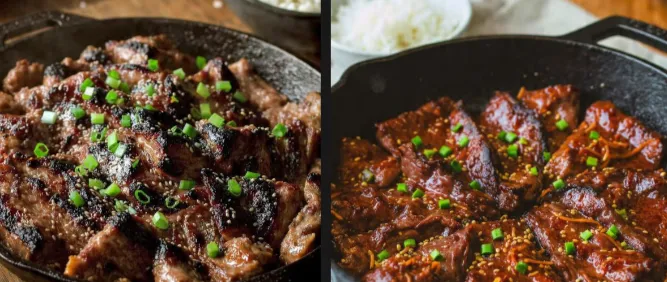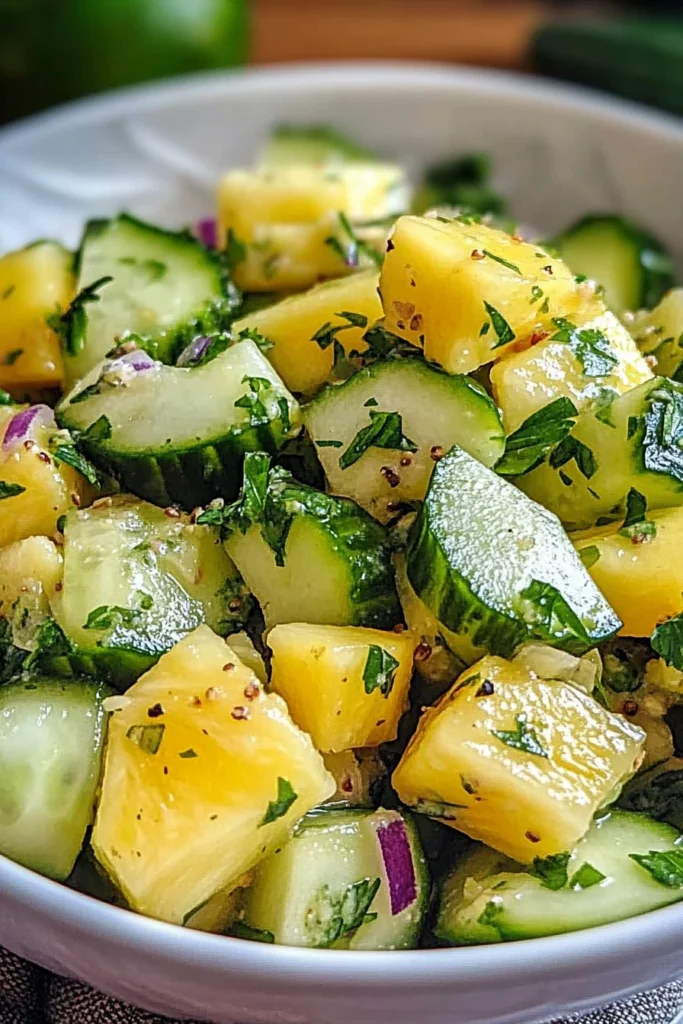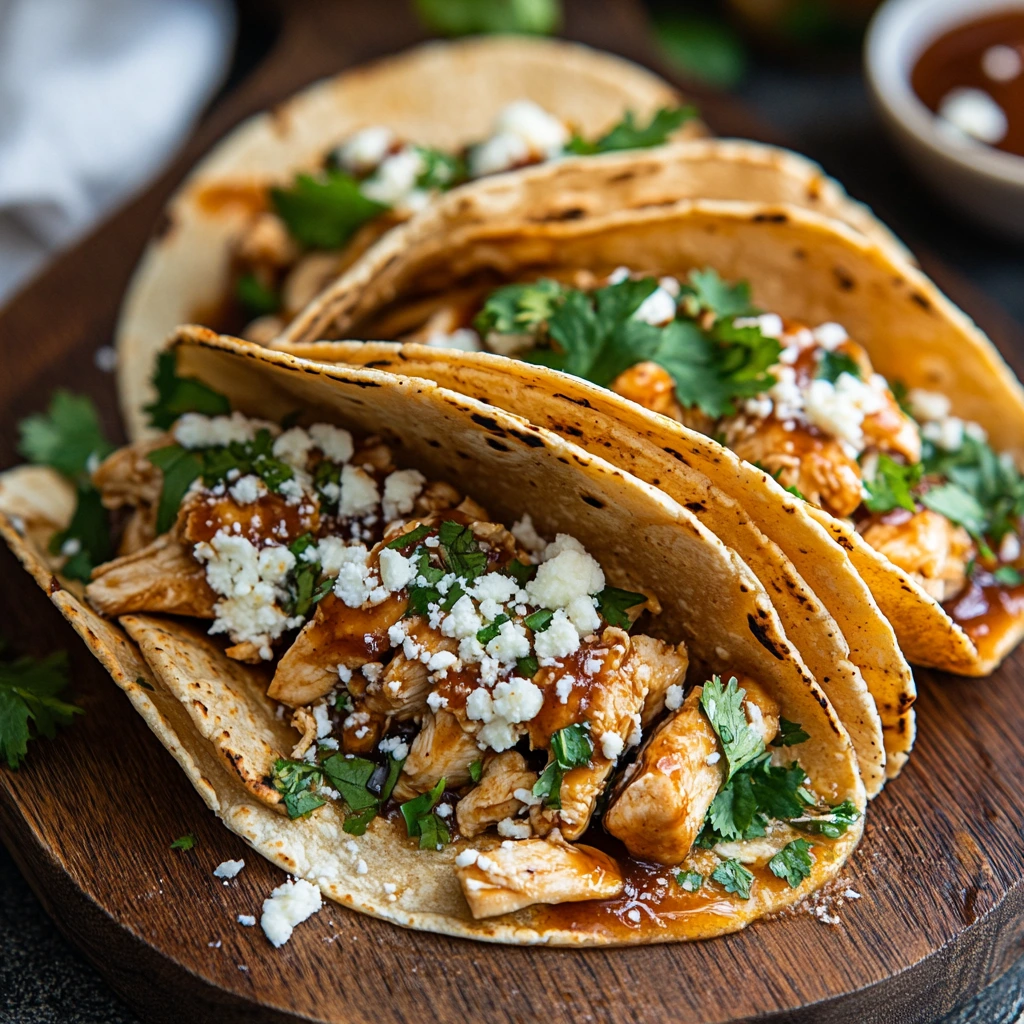Korean Bulgogi Beef is one of the most beloved dishes in Korean cuisine, known for its irresistible combination of sweet, savory, and smoky flavors. The word “bulgogi” literally means “fire meat,” referring to the traditional method of grilling thinly sliced marinated beef over an open flame. The result is tender, juicy meat infused with a rich marinade made from soy sauce, garlic, sesame oil, and sugar.
This dish perfectly captures the essence of Korean cooking — a balance of flavors, textures, and aromas that come together in harmony. Whether served with steamed rice, wrapped in lettuce leaves, or paired with kimchi, bulgogi is a meal that delights the senses and brings people together.
The Essence of Korean Bulgogi Beef
The essence of bulgogi lies in its marinade. The combination of soy sauce, sugar, garlic, and sesame oil creates a flavor profile that is both comforting and complex. The sweetness balances the saltiness, while the sesame oil adds nuttiness and depth. The marinade not only seasons the meat but also tenderizes it, resulting in melt-in-your-mouth beef that’s bursting with flavor.
Traditionally, bulgogi is grilled over charcoal, which gives it a smoky aroma. However, it can also be cooked in a skillet or on a griddle, making it accessible for home cooks everywhere.
Why This Recipe Works
This recipe works because it focuses on balance and technique. The marinade penetrates the thin slices of beef, ensuring every bite is flavorful. The high-heat cooking method caramelizes the sugars in the marinade, creating a glossy, slightly charred exterior while keeping the inside tender.
The key is to use thinly sliced beef and allow enough marinating time for the flavors to develop fully.
Ingredients and Their Roles
Beef (ribeye or sirloin): The main ingredient, tender and flavorful.
Soy sauce: Provides saltiness and umami depth.
Brown sugar or honey: Adds sweetness and helps caramelize the meat.
Garlic and ginger: Add warmth and aromatic complexity.
Sesame oil: Gives a nutty, toasty flavor.
Pear or apple: Natural tenderizer and subtle sweetness.
Green onions: Add freshness and color.
Sesame seeds: For garnish and texture.
Step-by-Step Recipe
Ingredients
- 500 g (1 lb) thinly sliced beef ribeye or sirloin
- 4 tablespoons soy sauce
- 2 tablespoons brown sugar
- 1 tablespoon honey
- 2 tablespoons sesame oil
- 3 garlic cloves, minced
- 1 teaspoon grated ginger
- ½ Asian pear or apple, grated
- 2 green onions, chopped
- 1 tablespoon sesame seeds
- 1 tablespoon vegetable oil (for cooking)
- Freshly ground black pepper
Preparation
- Prepare the marinade. In a large bowl, combine soy sauce, brown sugar, honey, sesame oil, garlic, ginger, grated pear, and black pepper. Mix well until the sugar dissolves.
- Marinate the beef. Add the thinly sliced beef to the bowl and mix thoroughly to coat every piece. Cover and refrigerate for at least 30 minutes, ideally 2–4 hours for maximum flavor.
- Heat the pan. Place a large skillet or grill pan over medium-high heat. Add a tablespoon of vegetable oil.
- Cook the beef. Add the marinated beef in a single layer. Cook for 2–3 minutes per side until browned and caramelized. Avoid overcrowding the pan; cook in batches if necessary.
- Garnish and serve. Sprinkle with sesame seeds and chopped green onions before serving.
Tips for Perfect Bulgogi
- Use thinly sliced beef for quick cooking and maximum flavor absorption.
- Marinate the meat for several hours for deeper flavor.
- Don’t overcook — bulgogi should be tender and juicy.
- Add a splash of water or broth if the pan gets too dry.
- For authentic flavor, grill over charcoal or a cast-iron pan.
Variations and Flavor Combinations
1. Classic Bulgogi
Traditional version with soy sauce, sugar, garlic, and sesame oil.
2. Spicy Bulgogi
Add gochujang (Korean chili paste) or red pepper flakes for heat.
3. Chicken Bulgogi
Substitute beef with chicken thighs for a lighter version.
4. Pork Bulgogi
Use pork shoulder and add gochugaru (Korean chili flakes) for a spicy twist.
5. Bulgogi with Vegetables
Add sliced onions, carrots, and mushrooms for extra texture.
6. Bulgogi Lettuce Wraps
Serve the beef in lettuce leaves with rice, kimchi, and ssamjang (Korean dipping sauce).
Serving Suggestions
Korean Bulgogi Beef pairs beautifully with:
- Steamed white rice or jasmine rice.
- Kimchi or pickled vegetables.
- Lettuce leaves for wrapping.
- Korean side dishes (banchan) like spinach salad or bean sprouts.
- A fried egg on top for extra richness.
Make-Ahead and Storage
Make-ahead: The beef can be marinated up to 24 hours in advance.
Storage: Store cooked bulgogi in an airtight container in the refrigerator for up to 3 days.
Reheating: Reheat in a skillet over medium heat until warmed through.
Freezing: Freeze marinated raw beef for up to 2 months. Thaw before cooking.
Nutritional Information (per serving)**
- Calories: 420 kcal
- Protein: 32 g
- Fat: 25 g
- Carbohydrates: 15 g
- Sugar: 10 g
The History of Bulgogi
Bulgogi has ancient roots in Korean cuisine, dating back to the Goguryeo dynasty (37 BC–668 AD). Originally known as “maekjeok,” it was made with skewered beef grilled over an open flame. Over centuries, the recipe evolved into the modern bulgogi we know today — thinly sliced beef marinated in a sweet and savory sauce.
It became a symbol of Korean hospitality and celebration, often served during special occasions and family gatherings. Today, bulgogi is enjoyed worldwide as one of Korea’s most iconic dishes.
Texture and Flavor Profile
The perfect bulgogi is tender, juicy, and slightly caramelized. The marinade creates a balance of sweet, salty, and umami flavors, while the sesame oil adds a nutty aroma. The beef’s thin slices ensure quick cooking and a melt-in-your-mouth texture.
Each bite delivers a burst of flavor — smoky, savory, and subtly sweet — that keeps you coming back for more.
Common Mistakes and How to Avoid Them
Using thick beef slices: Prevents proper marination and tenderness.
Skipping the pear or apple: Reduces natural sweetness and tenderness.
Overcrowding the pan: Causes steaming instead of searing.
Overcooking: Makes the beef tough. Cook quickly over high heat.
Not marinating long enough: Results in bland flavor.
Chef’s Tips
- Freeze the beef for 30 minutes before slicing for thinner cuts.
- Add a splash of mirin or rice wine for extra depth.
- Use a mix of soy sauce and dark soy sauce for richer color.
- Garnish with toasted sesame seeds for aroma and crunch.
- Serve with a side of kimchi fried rice for a complete meal.
Pairing Ideas
With Drinks:
- Korean soju or makgeolli (rice wine).
- Light beer or sparkling water with lemon.
- Green tea for a refreshing non-alcoholic option.
With Other Dishes:
- Pair with japchae (Korean glass noodles).
- Serve alongside kimchi pancakes or dumplings.
- Add a bowl of miso soup or seaweed soup for balance.
The Joy of Korean Barbecue
Bulgogi embodies the joy of Korean barbecue — communal dining, sizzling sounds, and shared laughter. It’s a dish meant to be enjoyed together, cooked at the table, and wrapped in lettuce with rice and condiments. The interactive nature of bulgogi makes it more than just a meal; it’s an experience.
The Science of Marination
The secret to bulgogi’s tenderness lies in its marinade. The enzymes in pear or apple break down the beef’s proteins, making it soft and juicy. The sugar and soy sauce create a glaze when cooked, while sesame oil locks in moisture. The result is perfectly balanced meat that’s flavorful inside and out.
Presentation and Finishing Touches
For a beautiful presentation, serve bulgogi on a platter garnished with sesame seeds and green onions. Add a side of steamed rice and colorful banchan for contrast. For a modern twist, serve it in lettuce wraps or over noodles.
For a restaurant-style look, drizzle a bit of extra marinade over the cooked beef before serving.
Modern Variations
- Vegan Bulgogi: Use mushrooms or tofu instead of beef.
- Low-Sodium Bulgogi: Use reduced-sodium soy sauce.
- Keto Bulgogi: Replace sugar with a low-carb sweetener.
- Bulgogi Tacos: Serve in tortillas with kimchi slaw.
- Bulgogi Rice Bowl: Serve over rice with a fried egg and vegetables.
The Perfect Dinner
Korean Bulgogi Beef is the perfect dinner for any occasion — quick to prepare, full of flavor, and universally loved. It’s ideal for weeknights, family gatherings, or special celebrations. The combination of tender beef, aromatic marinade, and vibrant sides makes it a complete and satisfying meal.
The Cultural Influence of Bulgogi
Bulgogi is more than just a dish; it’s a cultural icon. It represents the warmth of Korean hospitality and the importance of sharing food. Its popularity has spread globally, becoming a gateway for many to discover Korean cuisine.
The Role of Sesame Oil and Garlic
Sesame oil and garlic are the backbone of bulgogi’s flavor. The sesame oil adds richness and aroma, while garlic provides depth and warmth. Together, they create the signature taste that defines Korean cooking.
The Perfect Bite
The perfect bite of bulgogi combines tender beef, a hint of sweetness, and the nutty aroma of sesame. Wrapped in lettuce with rice and kimchi, it’s a burst of flavor and texture — crisp, juicy, and perfectly balanced.
Conclusion
Korean Bulgogi Beef is a celebration of flavor, tradition, and togetherness. With its tender meat, sweet and savory marinade, and smoky aroma, it’s a dish that captures the heart of Korean cuisine.
Easy to prepare yet deeply satisfying, bulgogi is perfect for any occasion — from a casual dinner to a festive gathering. This timeless recipe proves that with simple ingredients and a touch of care, you can bring the warmth and flavor of Korea to your table.







